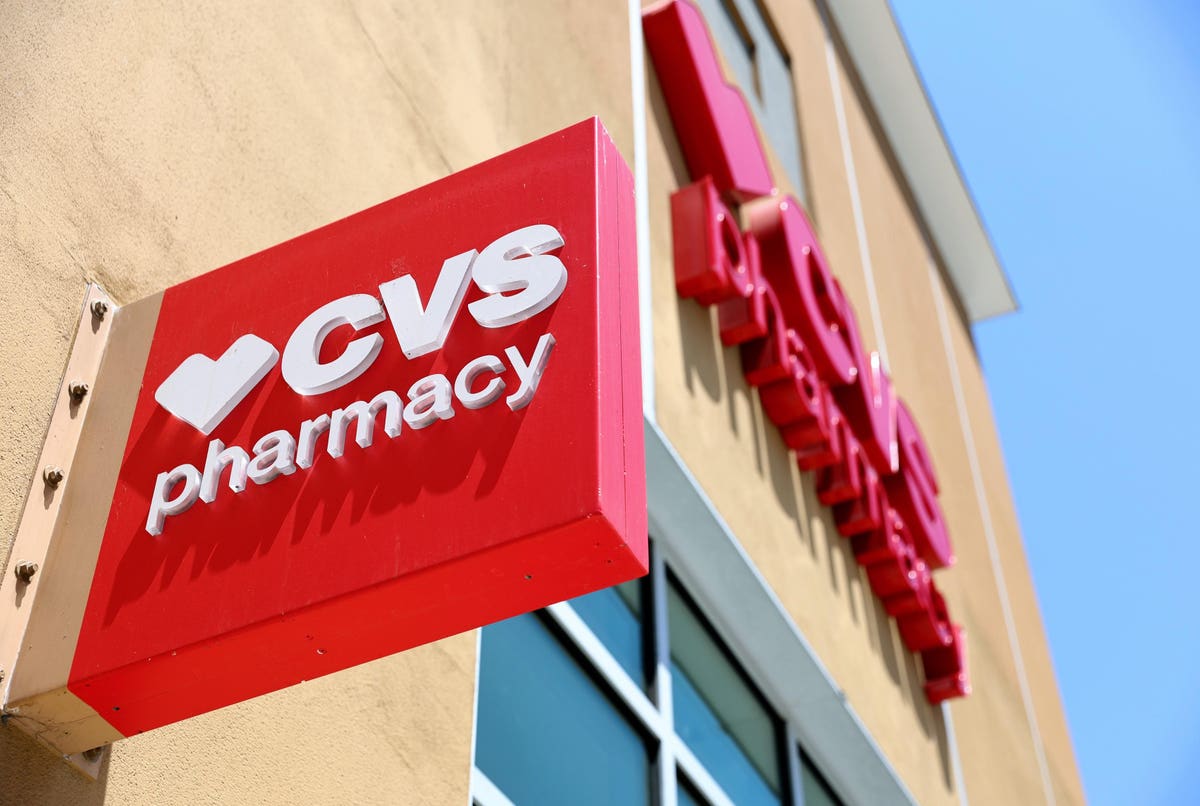A good tool for spotting turnaround candidates is the price-to-sales ratio.
Start with a company’s stock price. Divide it by the company’s sales (revenue) per share. If the number you get is less than 1.0, the stock is cheap; typically the company is straining for growth and profits.
When you buy this sort of stock, you’re hoping that new management or new products can beef up the profits.
Companies in slow-growing industries will usually have lower price-to-sales ratios than companies in fast-growing ones. Over the past decade, for example, Ford Motor’s
F
MSFT
Today I want to highlight five companies with a price-to-sales ratio less than 1.0.
CVS Health
CVS
CVS
CVS has nationwide reach, and has a lot of customers who come to its drugstore frequently. What it doesn’t have are impressive profits. The company’s return on stockholders’ equity lately has been running about 5.5%. I consider 10% pretty decent and 15% good.
What could help CVS break out of the profit front? Possibly its minute clinics, where you can see a nurse practitioner on short notice. The company hopes to add doctors in the coming years.
CVS stock sells for 0.28 times sales. It yields 3.3% in dividends. The stock was on this roster a year ago and did poorly, but I’m bringing it back for a second chance.
Phillips 66
PSX
PSX
One of the nation’s largest oil refiners, Phillips 66, sells for 0.29 times revenue. Investors may believe that the increasing popularity of electric cars will means skimpy sales of gasoline. I suppose that’s true in the long run, but I figure the transition will be gradual.
Meanwhile, I see continuing demand for diesel fuel, jet fuel and home heating oil. Phillips 66 earned a 46% return on equity in the past four quarters. Analysts don’t expect that to last. They predict falling profits this year and for the next two years. That leaves room for positive surprises.
Bunge
BG
BG
Based in Chesterfield, Missouri, Bunge Ltd. processes agricultural products. Vegetable oils are a big product. It also mills grains and is a major grain trader. According to Wikipedia, it has about 32,000 employees in 40 countries.
The company has been profitable in 12 of the past 13 years and has earned better than 15% on stockholders’ equity four years in a row. The stock sells for a mere 0.23 times revenue. Analysts expect flat earnings ahead. But keep in mind that low expectations are easier to exceed than high ones.
Production of cars has been constrained by various shortages, notably of semiconductors. If car makers are able to step up production, that would help parts suppliers such as Lear, which is priced at 0.42 times sales.
Based in Southfield, Michigan, Lear specializes in seating and electrical systems. Its net profit margin has been a little under 2% lately, which is about half of normal. I think pent-up demand for cars may help restore normal margins.
Oshkosh
A little more expensive, but still cheap at 0.69 times sales, is Oshkosh (OSK), which makes fire engines, aerial platform trucks and military trucks. It recently won a contract to produce electric trucks for the U.S. Post Office.
Oshkosh has shown a profit in 14 of the past 15 years. The exception was fiscal 2009, which was marred by a harsh recession. Will there be another recession soon? It’s hard to say, as experts have been predicting on imminently for two years.
The Record
Starting in 1998, I’ve written 20 columns about stocks with low price/sales ratios. Today’s is the 21st. Thanks mostly to outsized gains in 2000-2003, the results have been extremely good.
The average one-year gain on my selections has been 30.1% compared to 9.5% for the Standard & Poor’s 500 Index. Of the 20 columns, 17 have been profitable and 12 have beaten the index.
My choices from a year ago advanced 29.9%, while the S&P was up 18.7%. The figures are total returns including dividends for the period July 18, 2022 through July 12, 2023.
D.R. Horton (DHI), the nation’s largest home builder, led the parade, returning 72%. Worthington Industries
WOR
Bear in mind that my column results are hypothetical and shouldn’t be confused with results I obtain for clients. Also, past performance doesn’t predict the future.
Disclosure: I currently own none of the stocks discussed today, personally or for clients.
Read the full article here







